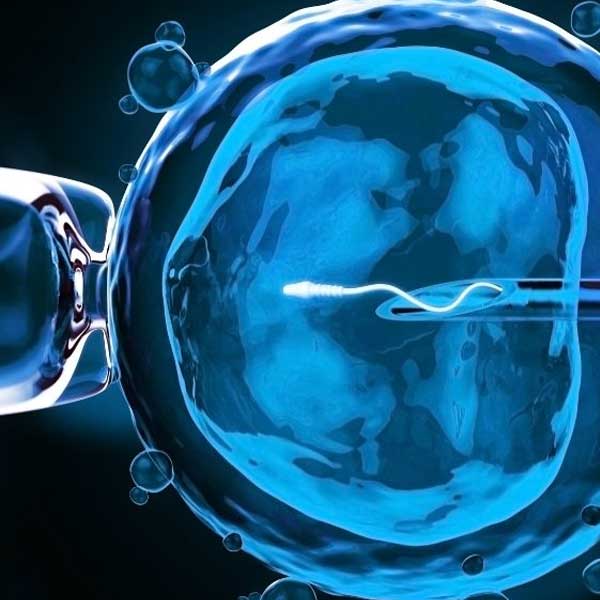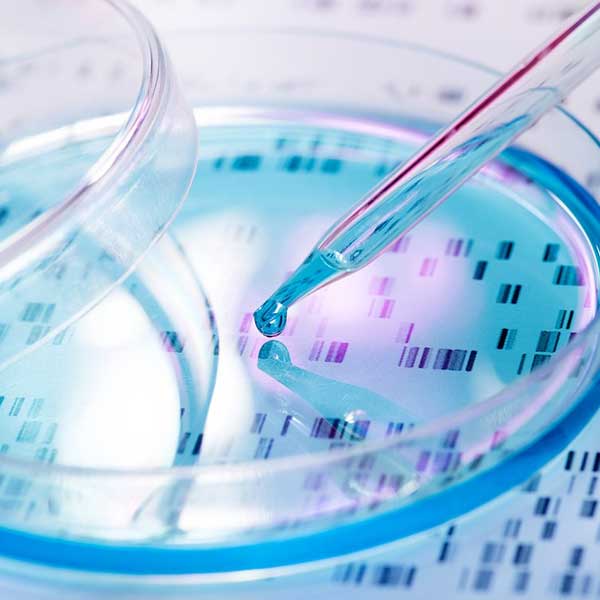In-Vitro Fertilization (IVF) is an assisted reproductive technology that facilitates the fertilization of an egg and sperm under laboratory conditions. The procedure involves mixing female eggs and male sperm in a specialized culture medium for successful fertilization. Using high-quality embryos and sperm, IVF enhances the chances of conception. But what are the exact steps involved? Understanding the Steps of the IVF Process? can help those seeking fertility treatments to navigate this journey with more clarity.
Overview
The IVF process is designed to address infertility by combining eggs and sperm outside the body, resulting in the formation of embryos. These embryos are then reintroduced into the uterus, increasing the chances of successful pregnancy. The procedure follows a well-structured protocol, beginning from initial consultation to the final pregnancy test. Let’s explore the Steps of the IVF Process? in detail, covering every critical stage.
Steps of the IVF Process?
Your Initial Consultation
The first step of the IVF process is an initial consultation with a fertility specialist. During this session, the specialist will review the patient’s complete medical history, including previous fertility treatments, surgeries, and overall reproductive health.
- A customized IVF treatment plan is created to meet the unique needs of the patient.
- The specialist may also discuss success rates, risks, and possible alternative treatments if necessary.
This personalized approach is a critical foundation in IVF, as it ensures that the treatment aligns with the individual’s health and fertility status.
Pretreatment Preparation
After the initial consultation, pretreatment preparation begins. Several key tests are conducted to assess the reproductive health of both partners.
- Hormone Level Testing: Blood tests to determine hormone levels.
- Semen Analysis: Evaluates the sperm’s shape, size, and motility rate.
- Uterine Assessment: Determines the condition of the uterus and the ovulation process.
The results of these tests help in creating an effective treatment protocol. This IVF process step by step timeline ensures that the reproductive system is prepared for the treatment cycle.
Start of Pills
To prepare the body for IVF, oral contraceptive pills are administered on the second to fourth day of the menstrual cycle. These pills help regulate the cycle, ensuring that the ovaries respond optimally to stimulation during the next phase.
- Treatment typically continues for 2-5 weeks.
- These pills prevent the development of ovarian cysts and help in synchronizing the eggs.
This stage is important for controlling the cycle, ensuring that the Steps of the IVF Process? unfold smoothly.
IVF Coordinator Consultation
An IVF coordinator plays a vital role in the treatment process. During this stage:
- The patient is provided with a detailed overview of the entire IVF process.
- The coordinator reviews the treatment protocol and helps the patient plan their schedule accordingly.
This appointment ensures the patient is fully prepared for the next steps in the IVF process, making them aware of timelines, medication instructions, and other details.
Controlled Ovarian Hyperstimulation (COH)
One of the crucial steps of the IVF process is controlled ovarian hyperstimulation. This phase involves:
- Administration of Hormones: Fertility drugs are given to stimulate the ovaries to produce multiple eggs.
- Monitoring of Follicles: Regular ultrasounds and blood tests are performed to monitor the growth of follicles (where eggs develop).
The goal here is to ensure that multiple eggs mature simultaneously. When the follicles reach the ideal size, the eggs are ready for retrieval. Monitoring is essential, with about 3-5 visits to assess follicular development and hormone levels.
Ovidrel or Lupron/hCG Injection
Once the eggs are mature, an injection of Ovidrel or Lupron/hCG is administered about 36 hours before the egg retrieval. This trigger shot prepares the eggs for the final stage of maturation.
Transvaginal Retrieval of Eggs and IVF Laboratory
Egg retrieval is a critical stage in the IVF process. This minor surgical procedure is performed under sedation:
- A thin needle is passed through the vaginal wall into the ovaries using ultrasound guidance.
- The follicles are aspirated, collecting the fluid that contains the eggs.
- The eggs are then extracted from the follicular fluid by an embryologist and placed in an incubator.
Later that same day, the healthiest eggs are fertilized with sperm. Fertilization can be done through standard insemination or Intracytoplasmic Sperm Injection (ICSI), depending on the couple’s fertility issues.
Embryo Culture and Assessment
After fertilization, the embryos are cultured for up to six days in a temperature-controlled incubator. During this time:
- The embryos are closely monitored for quality and development.
- Embryologists assess their growth daily to determine the best time for transfer.
Typically, the embryo transfer happens on the third, fifth, or sixth day of embryo culture. In cases where Preimplantation Genetic Screening (PGS) or Preimplantation Genetic Diagnosis (PGD) is performed, the transfer is done on the sixth day to ensure the healthiest embryos are selected.
Embryo or Blastocyst Transfer
The final stage of the IVF process is embryo transfer, where the healthiest embryo(s) are selected for transfer into the uterus:
- Embryo Catheter Transfer: The embryos are loaded into a catheter and, using ultrasound guidance, transferred to the uterus.
- The transfer is typically done on day 3, day 5, or day 6, based on the embryo’s development and the couple’s preferences.
- This step aims to ensure the highest chance of implantation and a successful pregnancy, while minimizing the chances of multiple births.
Pregnancy Test
The final step of the IVF process is the pregnancy test, conducted 10-12 days after the embryo transfer. This test measures the levels of hCG (human chorionic gonadotropin) in the blood:
- If the test is positive, an ultrasound is scheduled to confirm embryo implantation and fetal heart motion.
- For a negative result, the fertility specialist will review the next steps, which may include another cycle or alternative treatments.
Conclusion
Understanding the Steps of the IVF Process? can provide clarity and confidence to those embarking on this fertility journey. From initial consultation to embryo transfer and pregnancy testing, each step is critical to the success of the procedure. IVF is a highly individualized process that requires close monitoring and expert care.
At Rathimed Fertility Centre, we offer state-of-the-art IVF treatments tailored to your specific needs. With comprehensive on-site facilities and a team of dedicated specialists, we are committed to helping you achieve your dream of parenthood.




